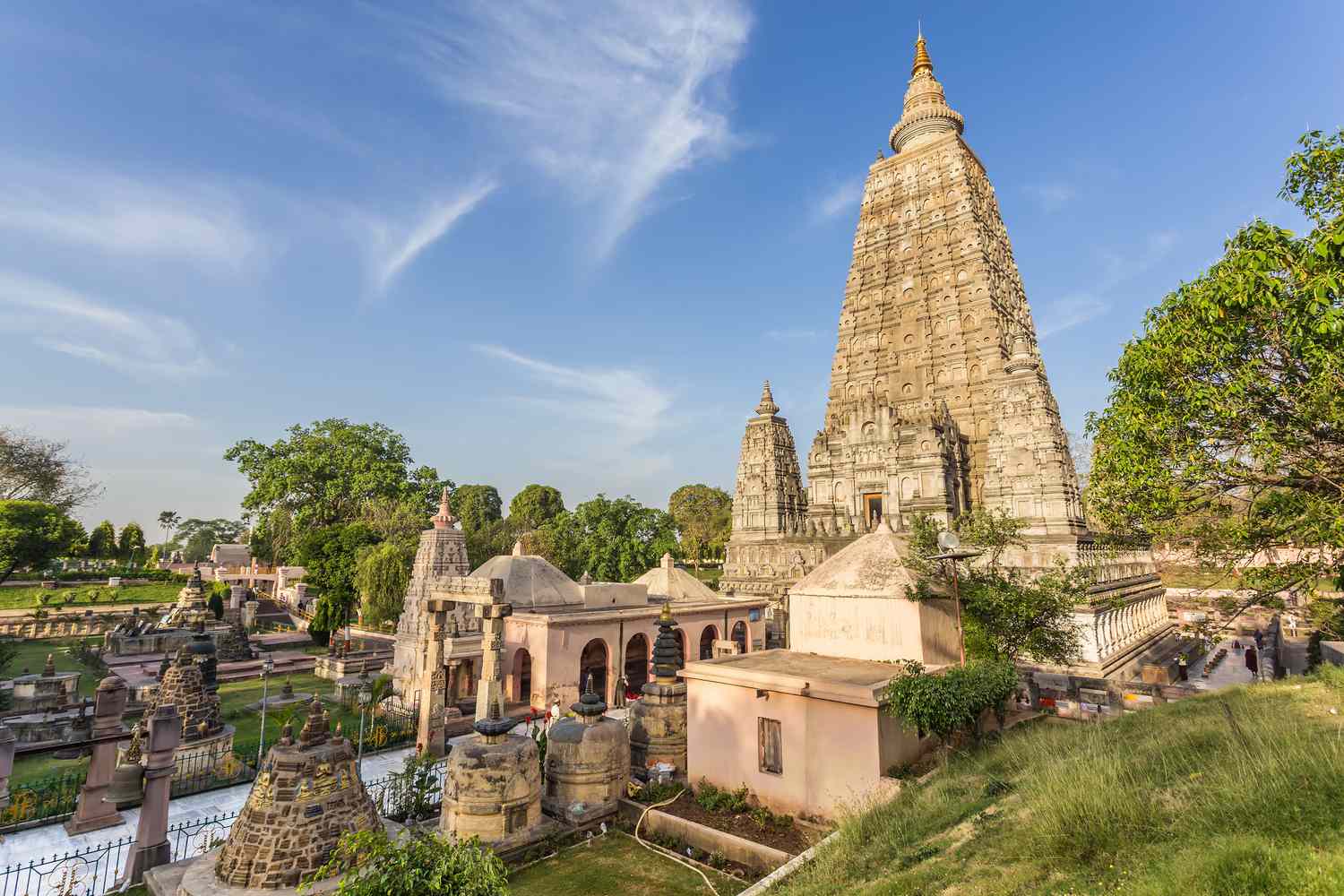Mahabodhi Temple: From Enlightenment to World Heritage Recognition
In the serene town of Bodh Gaya, India, the Mahabodhi Temple stands as an iconic monument that echoes the spiritual enlightenment of Siddhartha Gautama, the Buddha. Honoring this pivotal moment in history, the Mahabodhi Temple has been designated as a UNESCO World Heritage Site, immortalizing its significance not just for Buddhists but for humanity as a whole.

A Glimpse into History:
The Mahabodhi Temple’s history dates back to the 3rd century BCE when Emperor Ashoka visited the site where Buddha attained enlightenment. Constructed later, the present temple showcases the architectural amalgamation of Indian and various East Asian styles. It stands as a living testament to the spiritual quest that led to the birth of Buddhism.
Date of Designation:
The Mahabodhi Temple was inscribed as a UNESCO World Heritage Site on June 26, 2002. This momentous recognition highlighted the temple’s historical, cultural, and spiritual importance.
Reasons Behind its Designation:
The inclusion of the Mahabodhi Temple in the UNESCO World Heritage List is attributed to several compelling reasons:
- Spiritual Significance: The Mahabodhi Temple marks the exact spot where Siddhartha Gautama attained enlightenment under the Bodhi Tree. It is the most sacred pilgrimage site for Buddhists worldwide, representing the heart of their faith.
- Historical Legacy: The temple’s architecture and inscriptions reflect the historical and cultural narrative of Buddhism’s evolution. The site has attracted pilgrims and scholars for centuries, contributing to its significance as a cradle of Buddhist thought.
- Architectural Splendor: The temple’s design, with its soaring spire and intricate carvings, exemplifies the blend of Indian and East Asian architectural influences. Its visual splendor complements the spiritual weight it carries.
- Global Cultural Exchange: The Mahabodhi Temple is a symbol of interfaith and cross-cultural exchanges. The temple’s architectural styles showcase the interactions between Indian and foreign cultures, reflecting Buddhism’s global appeal.
Impact of World Heritage Status:
The UNESCO World Heritage recognition has had a profound impact on the Mahabodhi Temple and its surroundings:
- Conservation and Preservation: The designation has spurred concerted efforts to preserve and restore the temple’s architecture and artistry. Conservation projects ensure that the temple’s cultural and historical significance remains intact.
- Cultural Tourism: The temple’s World Heritage status has drawn a diverse array of visitors, fostering cultural exchange, interfaith understanding, and contributing to the local economy.
- Spiritual and Educational Significance: The recognition elevates the Mahabodhi Temple’s status as a center for spiritual practice and education, inviting people from around the world to learn about Buddhism and its teachings.
Conclusion:
The journey of the Mahabodhi Temple to becoming a UNESCO World Heritage Site is a tribute to its profound spiritual significance, historical legacy, and architectural grandeur. As it continues to stand as a symbol of enlightenment and universal understanding, it invites people of all backgrounds to explore the teachings of Buddha and the shared humanity that transcends borders and beliefs. Preserving and cherishing such sites ensures that future generations can experience the spiritual resonance and historical importance they embody.




